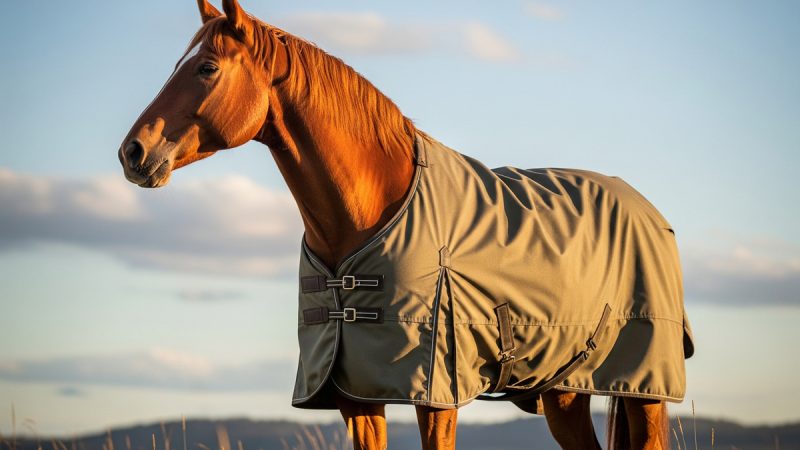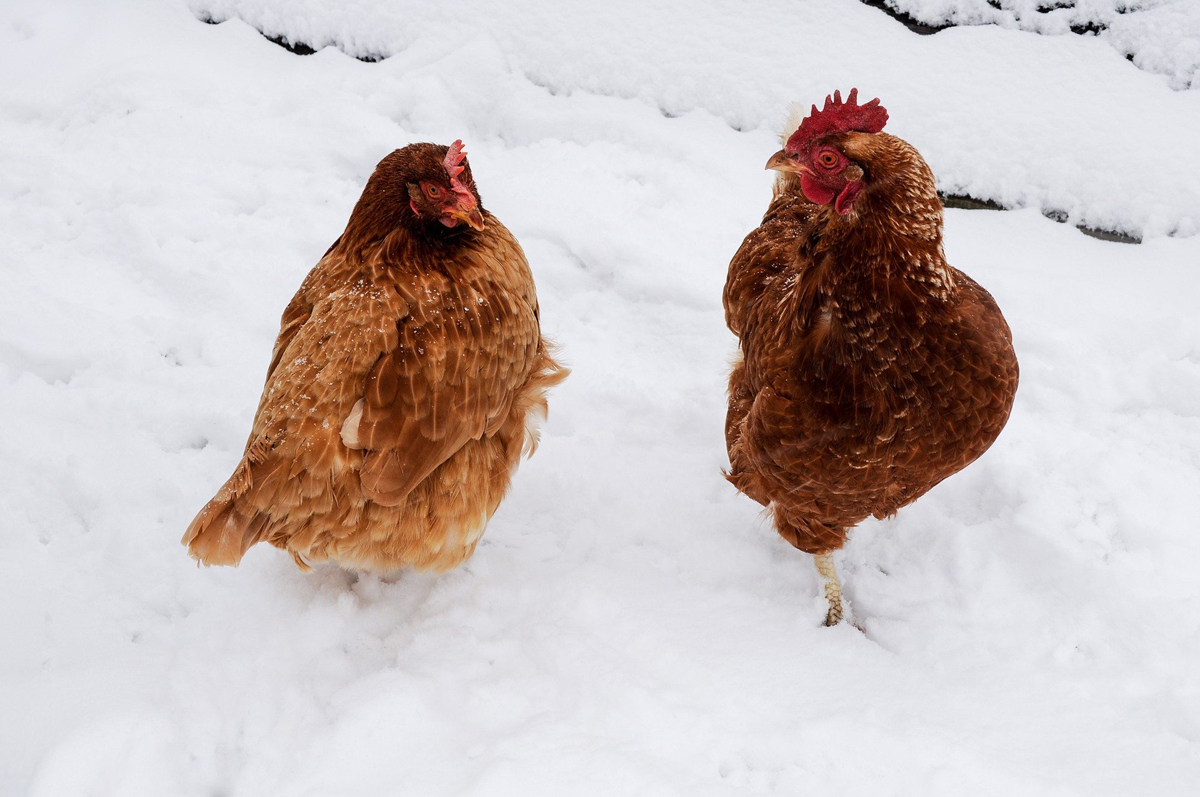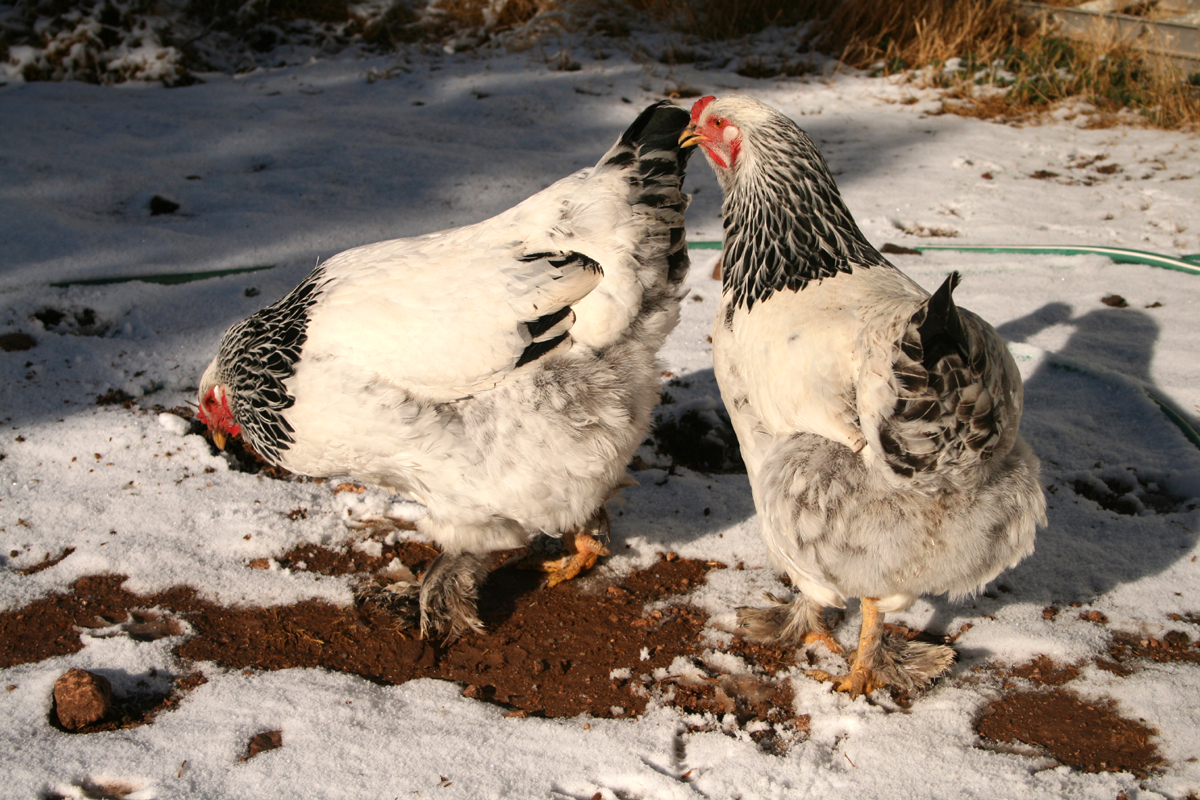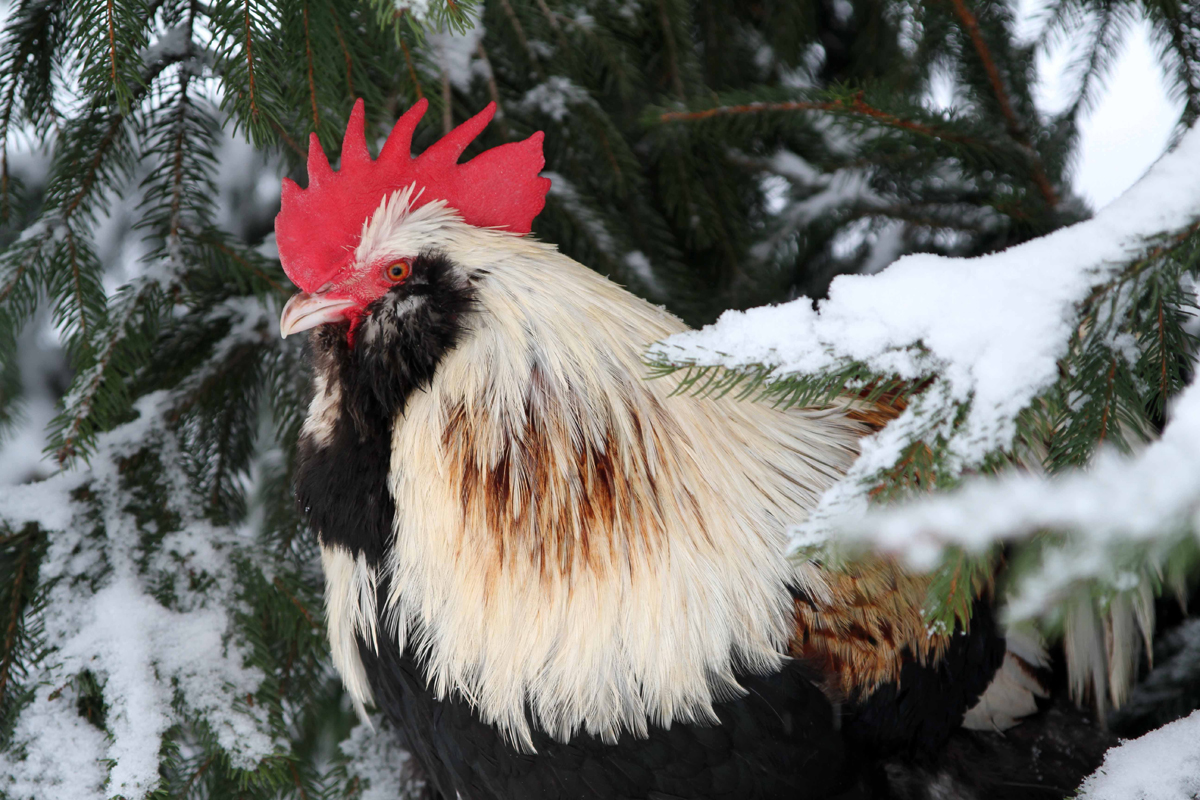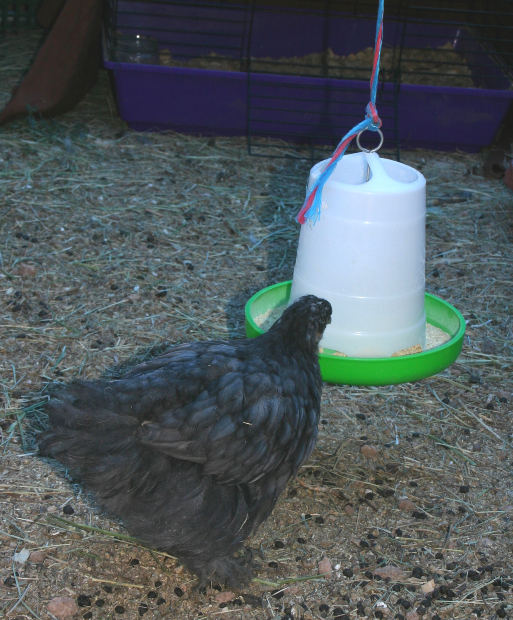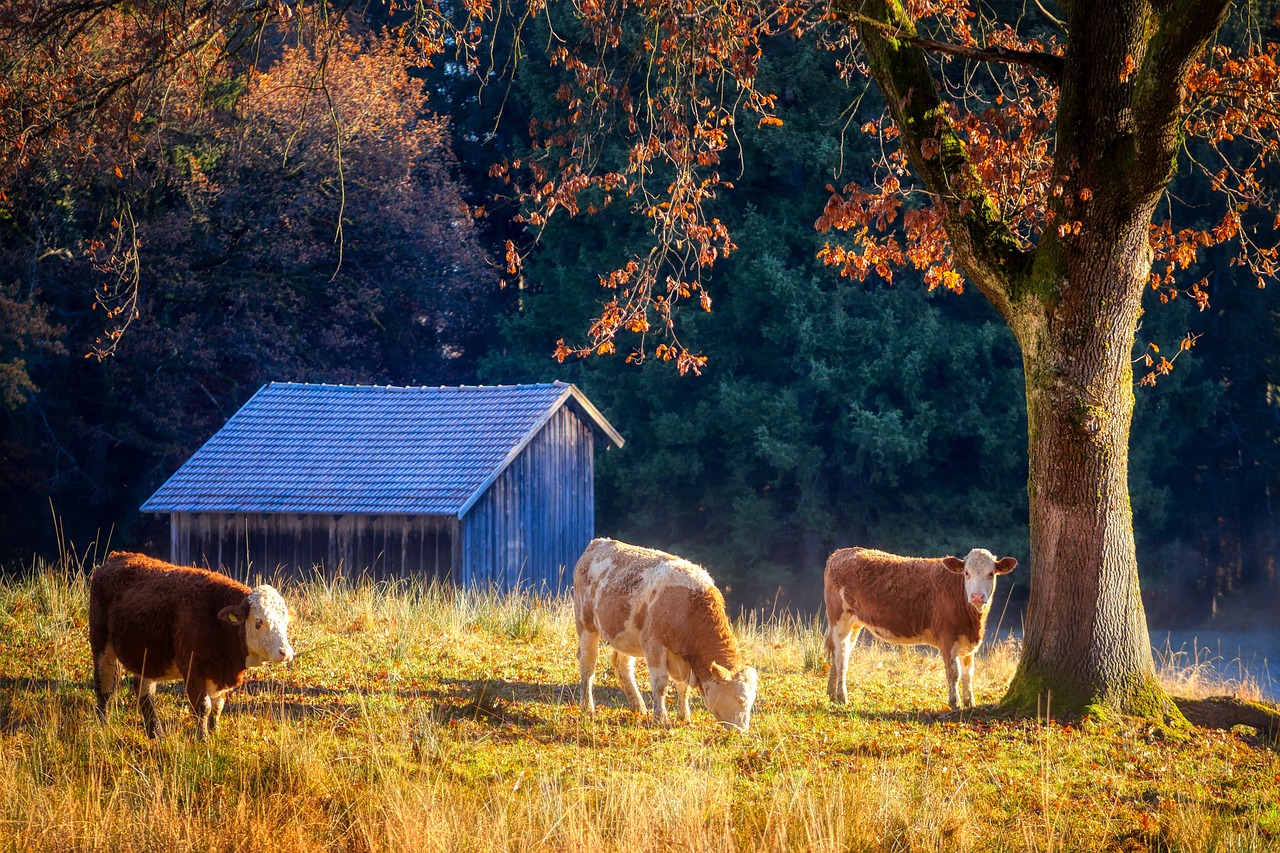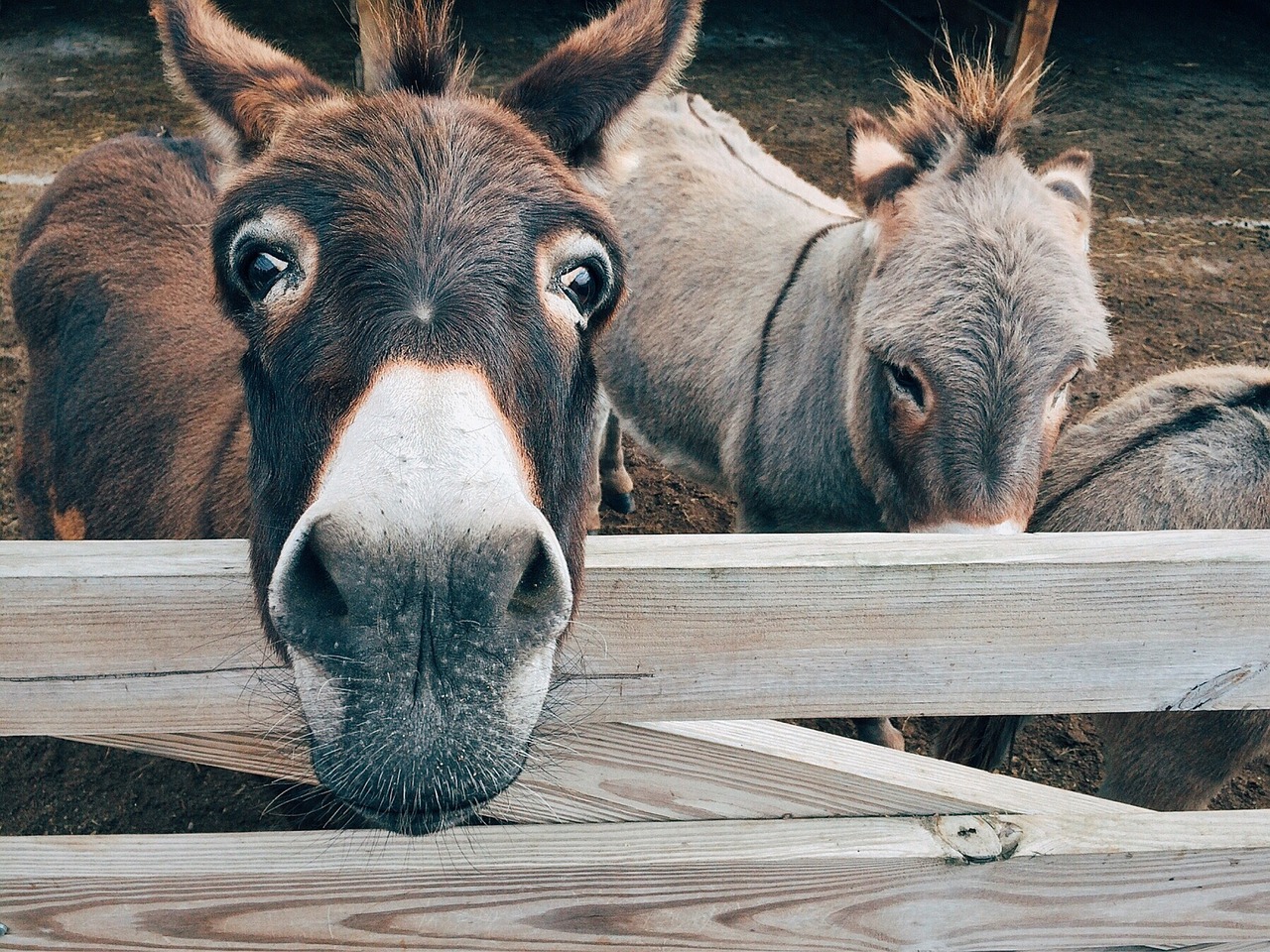An Introduction to Rabbit Farming
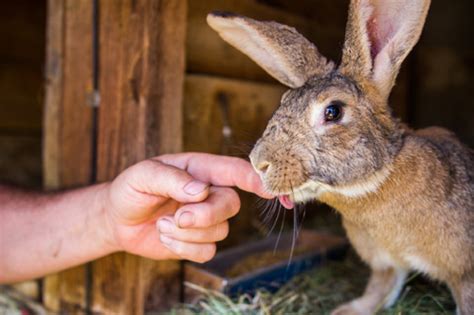
Rabbit farming is becoming popular all over the world, especially in third world countries as rabbit is being recognized as a new source of low cost protein, with minimal set up and minimal maintenance costs.
For commercial rabbit production, the business requires a full investigation before entering, and local market conditions will differ from country to country. In some countries rabbit meat is not popular, and therefore finding meat markets (essential for your success) is more difficult than those markets where rabbit meat is popular and well known.
Whilst there are many breeds of rabbit, commercial rabbits for meat production are normally the New Zealand white and the Californian. Apart from China, the major rabbit producing countries are Spain, France and Italy. They use the New Zealand white for its rapid growth and meat yield. There are some breeds that are exclusively bred for their fur, such as the angora rabbit.
As far as rabbit breeding goes, rabbits breed well and quickly. The gestation period of a doe is 32 days and she can produce anything from 5 to 9 kits. A kit is ready for slaughter at 90 days at about 2.8 to 3 kgs in weight. The meat yield is about 50%, so with one doe you can expect final rabbit products of about 7.5 kgs of meat and 5 skins every 1 to 2 months. For rabbit production then, 40 kits per year is the norm, which is equivalent to 60 kgs of meat and 40 skins.
Rabbit feed is a commercial formula for optimum growth. A non pregnant doe will eat 100 gr. a day, but when in lactation, will consume 350 gr. a day.
Rabbit skins are normally stored frozen but can be air dried in hotter climates. Better not to salt because the white fur of a salted rabbit skin can turn brownish during the sea voyage to the main rabbit tanneries in China.
As with any farming business you will need to comply with local agricultural regulations, especially on the disposal of dead rabbits, rabbit welfare and health aspects of the enterprise.

A male rabbit is known as a buck, whilst a female is called a doe. The baby rabbits are collectively known as litter.
The best thing you can do is visit rabbit farms in your area, and talk to the people who run the rabbitries. Find out your local start up costs, your running costs and your income (where can you sell your slaughter rabbits and to whom). Visit several farms, and whilst they are likely to give contradictory advice, you have to make your own decisions and there is nothing like learning on the job. Good luck with your rabbit farming venture.
The Author:
Alan Stables
Photo. Peta Starcevic, Gordon Johnson

